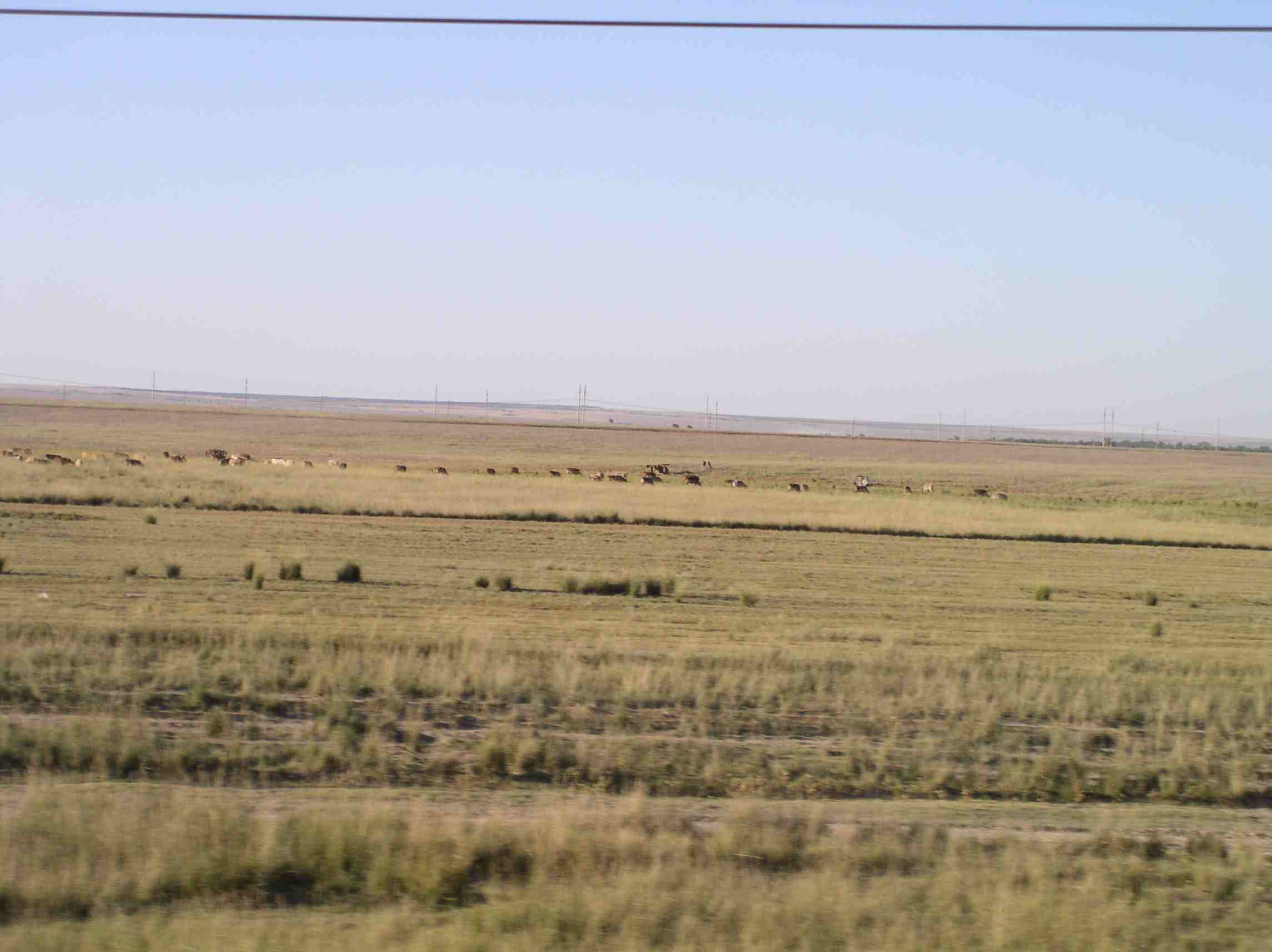Geography describes different natural zones on earth:
Tropical rainforest
Tropical rainforest

A tropical rainforest is a place roughly within 23.5 degrees north or south of the equator. They are found in Asia, Australia, Africa, South America, Central America, Mexico and on many of the Pacific Islands. The rainforests are home to more worldwide species than all other biomes added together. About 80 percent of the world's known biodiversity could be found in forests.
Desert
A desert is a landscape or region that receives an extremely low amount of precipitation, less than enough to support growth of most plants. Most deserts have an average annual precipitation of less than 250 millimetres. A common definition distinguishes between true deserts, which receive less than 250 millimetres of average annual precipitation, and steppes, which receive between 250 millimetres and 500 millimetres. Deserts can also be described as areas where more water is lost by evapotranspiration than falls as precipitation.
Steppe
 A steppes is a landscape or region that receives an low amount of precipitation, sometimes not enough to support larger vegetation. Most steppes have an average annual precipitation between 250 millimetres and 500 millimetres.
A steppes is a landscape or region that receives an low amount of precipitation, sometimes not enough to support larger vegetation. Most steppes have an average annual precipitation between 250 millimetres and 500 millimetres.Savanna

Deciduous woodland

Coniferous woodland

Coniferous trees are evergreen, meaning that they have leaves all year round.
All the trees of a coniferous woodland, such as pines, are very similar in shape. They are conical shaped, which allows snow to easily slide off them. The leaves are actually needles, which are the most efficient leaf for these trees. The needles allow very little water loss by transpiration, which is particularly important in the relatively dry winter months.
The trees of coniferous woodland are often of only one species, and pack quite tightly together; meaning little light reaches the forest floor. Consequently there is little vegetation below the trees.
Tundra

In physical geography, tundra is a biome where the tree growth is hindered by low temperatures and short growing seasons. In tundra, the vegetation is composed of dwarf shrubs, sedges and grasses, mosses, and lichens.
Polar ice cap and drift ice

A polar ice cap is a high latitude region of the earth that is covered in ice. Polar ice caps form because high latitude regions receive less energy in the form of solar radiation from the sun than equatorial regions, resulting in lower surface temperatures.
